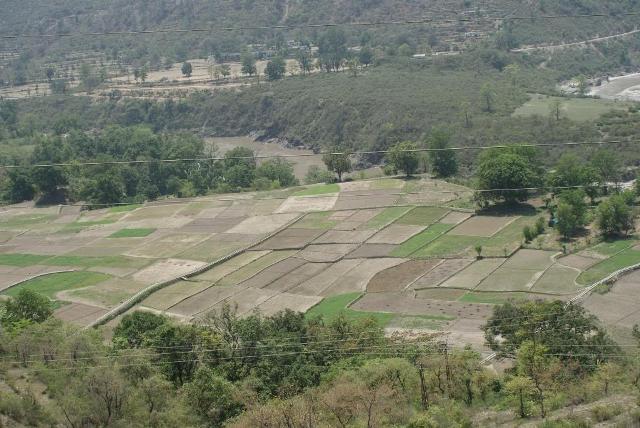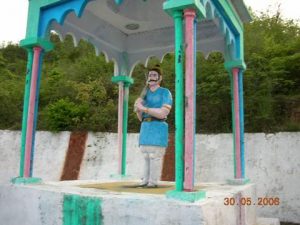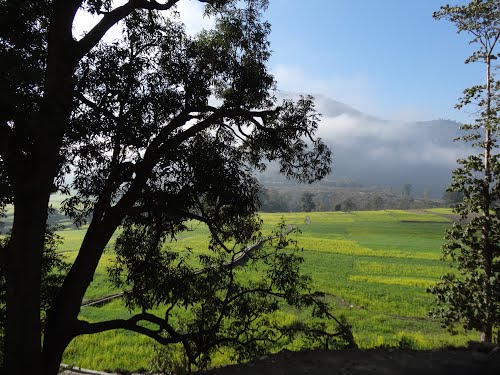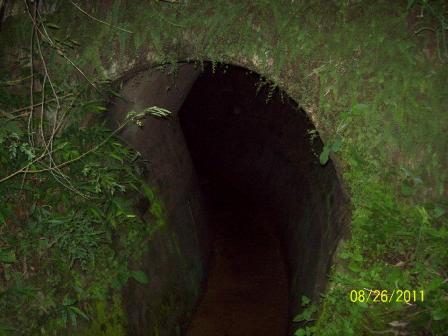Dehra Dun : Thankfully chief minister Harish Rawat has assured that none of the four stone crushers that had been given the nod (in fact two had already been set up while two others were in the pipeline) to become operational at Maletha will not become functional. While the people of Garhwal in general and Maletha in particular have heaved a sigh of relief, there is a growing demand for a probe into the circumstances permission was given and action against the guilty.
Maletha is a village between Devprayag and Kirtinagar on the Rishikesh-Srinagar highway. Over 400 years back it was very dry and the villagers could get just a crop of some coarse grain. Today it is a fertile village, where one can see green fields and people get regular crops, which lasts them round the year, courtesy a 400-year-old irrigation canal that is popularly known as ‘Maletha ki kool’ and is a part of the rich folklore of Uttarakhand.

It is tragic that the very name of Madho Singh Bhandari, who was responsible for the ‘kool’ and the rich folklore would have become a part of history if the crushers were allowed to come. Obviously some opportunistic people in tandem with some officials wanted to exploit the mineral in and around the village and the fact that it could be easily transported because of its location on the highway, without caring a fig about the fact that the crushers and mining would have dried up the ‘kool’ and turned the green fertile fields into barren wasteland.

Madho Singh Bhandari, also called as Madho singh “Maletha”, was born around 1595 in village Maletha of Tehri district. His father, warrior Sonban Kalo Bhandari, was from Lakhanpuri and was famous for his bravery in that region. Madho Singh joined the royal court in Srinagar at a young age and rose to the rank of general in King’s army. Madho Singh Bhandari was the commander-in-chief of Mahipat Shah, the king of Garhwal (1629-1646).
Once when he visited his village and his son was growing into a young man he could not get the fine food and vegetables which he was used to in the royal court. The poverty of Maletha was unbearable, yet he got angry with his wife and asked for good food. His wife showed him the dry and empty fields where no vegetable or grain grew due to shortage of water. Seeing this, Madho Singh got restless and vowed that he would bring the water into the fields.
The nearest water point from the village was a stream, but there were hard mountains in between. Madho Singh had to burrow through that mountain to draw the water from the stream. He organized the villagers and began excavating a tunnel. For months they laboured and made a tunnel about two kms long from Takoli Gad to Maletha. This is carved out in hard rock. The upper part of tunnel is made using big stones secured to the mountain using iron nails so that it does not cave in, even in a natural calamity.
Madho Singh, it is said had to sacrifice his son for this irrigation canal and this is the folklore.. It says that when the tunnel was fully ready, all efforts were made to curve the motion of the stream into the tunnel, but they could not succeed even after many alterations in design and repeated worships of the local goddess. Maletha remained dry. One night the Goddess is reported to have appeared in Madho’s dream and asked him to sacrifice his son, and then alone would water flow to Maletha. He sacrificed his son, Gaje Singh to propitiate the goddess. The young man was sacrificed and his head was placed at the mouth of the tunnel. The water flowed through and carried the severed head on its powerful waves and placed it on a field. Soon Madho was summoned back to duty. With a heavy heart he left his home, never to return, though his legendary sacrifice is repeated in the rich folklore of Garhwal.
This is the story that is told and retold during the traditional harvest time in Uttarakhand, commemorating both Madho Singh’s exploits and sacrifice for the fertility and prosperity of his village. Today Maletha is green and fertile, abundant and prosperous, and its people remember their hero with pride and yes that canal still functions even after nearly 400 years. So when the crushers were to come up everyone in the village was perturbed and they got together to ensure that the sacrifice of Madho Singh does not go in vain and the village turns barren once again.

It was vowed that they would stop the crushers from coming up and if necessary, sacrifice themselves to preserve the fertile fields for their generation next. Delegations met officers and ministers and word reached the chief minister about the intent of the people to fight the crushers at any cost. They pointed out that whereas ministers in the past had promised to set up an agricultural university and classify it as a model village so that the region flourishes further, but some officers in their wisdom gave a nod to the setting up of crushers, in violation of all norms, so that the village fades into oblivion.
It is surprising, that when concerned official were asked by villagers they said that permission had been given as per norms. This is when the agitationists started meeting ministers, politicians and environmentalists and the chant against the setting up of the crushers only got louder. What was all the more surprising was the fact that of the 10 crushers that had been sanctioned in Tehri districts, permission had been given to set up five in Maletha. Why Maletha? Is what the people of Garhwal division are now asking, but there are no answers.
A journalist with over 40 years of experience, Jagdish Bhatt was Editor, Hill Post (Uttarakhand).
Jagdish had worked with India’s leading English dailies, which include Times of India, Indian Express, Pioneer and several other reputed publications. A highly acclaimed journalist, he was a recipient of many awards
Jagdish Bhatt, aged 72, breathed his last on 28th August 2021 at his Dehradun residence.




MALETHA KA BHANDARI-EPISODE1- https://www.youtube.com/watch?v=X2QAwb8VvpI